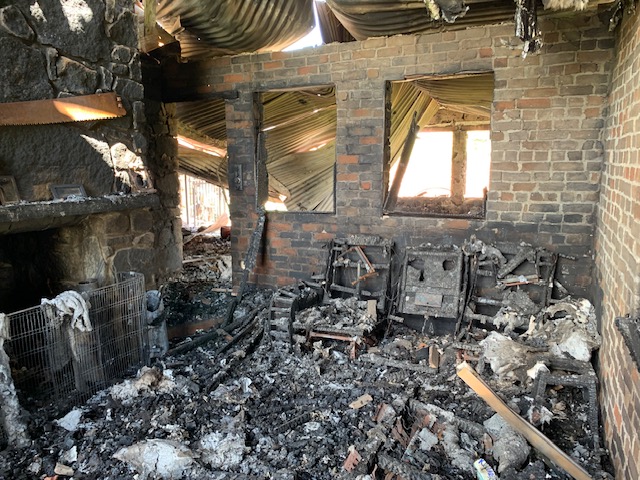All home and contents insurance policies include extra things that you may need under certain circumstances and especially if you have a large amount of damage or your home is destroyed.
These ‘additional benefits’ are in place to assist you in getting back to normal and are often (not always) extra money on top of your sums insured.

Temporary accommodation
Most insurers cover you for the cost of 12 months accommodation in a temporary house or apartment. Be careful though as the amount payable is often limited. Find your own accommodation and get the property manager to send your insurer a letter or email setting out the cost and any conditions.
To qualify for temporary accommodation, your home has to be unlivable and you have to have an accepted claim. The definition of unlivable varies from insurer to insurer but generally means the building is structurally unsound or unhygienic to occupy or there is no power or water available. Bathroom and kitchen facilities are not able to be used.
An accepted claim means you have lodged a claim with your insurer for fire, water leak etc and they have confirmed with you they will pay the claim.
Cover is provided for the period until such time as the house becomes livable. This usually means when all repairs are completed but may also mean when electricity or water is returned. You are best to discuss this with your builder who may not want you back in the house until all repairs are finished and, if so, cover will be for the full repair period up to 12months.
Removal of debris
You are covered for demolition and removal of the debris that occurred during the event. For example, the demolition of fire damaged parts of your home and the removal of the debris to the tip.
A lot of policies pay the cost of this work in addition to the sum insured but be careful not all policies are like this, check your individual PDS and most are limited. It is not unusual for the cost payable under the policy for this work to be limited to 10% of the sums insured.
For example if your building sum insured is $1,000,000 and contents sum insured is $250,000 then the maximum an insurer will pay is $125,000, which is 10% of the addition of both sums insured. Costs can mount up very quickly especially if your home contains any asbestos. If your insurer has not arranged it, ask a builder for a quotation but insist he completes an asbestos test before he gives you the quotation.
Often these costs are hidden within the builder’s repair quotation and if they are, they will be covered as part of your claim.
Extra cost of reinstatement
Lets say your home is destroyed in a fire, there is nothing left. Not a great notion but it will explain this benefit and make it easy to understand.
The house, built in the 1960s would not meet current standards and regulations if built the same as it was. What this covers you for is the upgrade to comply with the current requirements of any statutory authority such as the local council, state or federal government rules, Australian standards and the building codes.
A very common example is the re-build of a property in a rural area. On all such properties the Council will require a Bushfire Attack Level report that classifies your home against the risk of future bushfire damage and describes the upgrades necessary to reduce the risk of fire damage. Such things as fire resistant fly screens and non-combustible exteriors (no timber) are common requirements.
Under this benefit, these costs are covered but again, be careful, they are usually in addition to your sums insured but not always and always there are limits on what is paid. If in doubt, ask your insurer or broker.
Environmental upgrade
This extra amount is only payable when your home is destroyed, a total loss. The amount payable is to enable your new home to have an environmental facility such as a rainwater tank, solar power or hot water system or grey water recycling system. There are many other similar things insurers will cover.
The amount payable is always limited and usually only a small amount such as $5,000. Make sure your insurer includes this in their figures.
Inflation adjustment
This is a difficult concept. If the cost of repairs to your home reaches the sum insured you are entitled to an increase in the sum insured for the period between the previous renewal and the date the damage occurred.
For example, your policy began on 1 January and your home burns down on 1 July. You are entitled to the theoretical increase to your sum insured for the period between 1 January and 1 July.
Still not clear, a number example may help.
Your home sum insured is $1,000,000
The policy began on 1 January
The damage occurs on 1 July
The number of days between 1 January and 1 July is 182 days
The number of days in a year is 365.
The Consumer price index for the same period is 5%
You are entitled to $1,000,000 x 182/365 x 5% = $24,931.50
Apologies it is complicated but make sure there is some amount for Inflation adjustment in your overall settlement figures. Note also, some policies have different calculation systems so the above may not always apply.
There are many other benefits included in policies and often up to 20 different things that can be paid under certain conditions and circumstances. Read your PDS and if you are unsure contact your insurer or broker.
